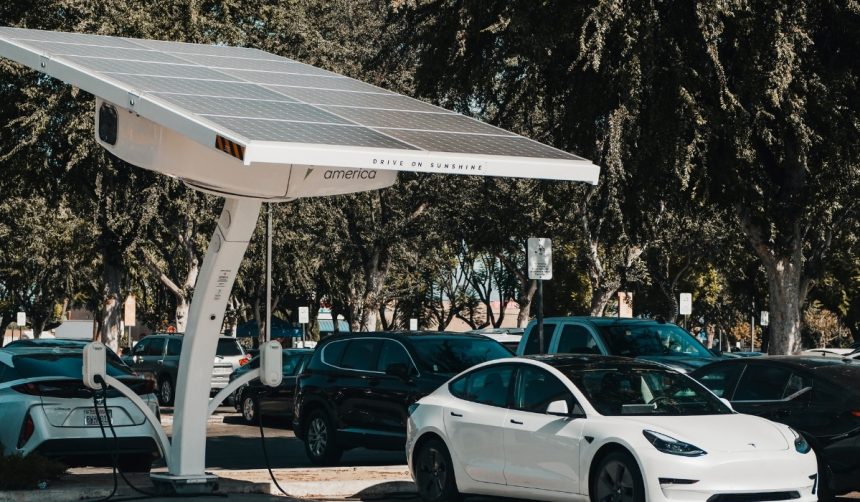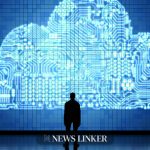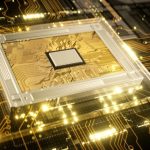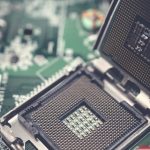Tesla presented a range of operational milestones during its Q2 2025 earnings call, detailing progress in both core automotive sales and emerging technologies. While the company’s revenue and gross profit reflected ongoing challenges in a competitive EV sector, executives focused attention on upcoming launches, regulatory ambitions, and product innovation. Notably, the latest developments include the expansion of the Robotaxi pilot in Austin and the broader introduction of the Optimus humanoid robot. Tesla is also emphasizing software advances, particularly with its Full Self-Driving (FSD) platform, as a critical demand driver for both domestic and international markets. Investors continue to monitor not only financial performance but also the company’s ability to adapt to evolving regulatory frameworks and shifting market preferences.
Recent reporting and analysis on Tesla’s earnings show that previous quarters were marked by slower vehicle deliveries and supply chain constraints. While Model Y’s international sales leadership has persisted, earlier projections for faster Robotaxi deployment encountered delays due to regulatory scrutiny. Announcements about the Optimus robot in 2024 were seen by some observers as aspirational, with skepticism about timelines for mass production. The current update signals more cautious phrasing and transparent discussion of uncertainties, especially around autonomous vehicle rollout and affordable model timelines. Industry competitors have made parallel moves in AI, but Tesla maintains its focus on integration between automotive, AI, and energy segments.
How Is Tesla Expanding Robotaxi Services?
Tesla has initiated the rollout of its Robotaxi pilot program in Austin, aiming for further coverage growth within the city and soon extending to the Bay Area, Arizona, and Florida. CEO Elon Musk indicated ambitions to serve a significant portion of the US population with Robotaxi services before year-end, contingent upon regulatory approvals across various states. Expansion efforts are described as “cautious,” with a strong emphasis on safety and adherence to local and federal guidelines.
What Progress Has Been Made With Full Self-Driving and International Growth?
The company’s Full Self-Driving (FSD) platform remains central to its domestic and European strategies. Musk highlighted the importance of FSD as a demand catalyst, despite delays caused by regulatory hurdles outside the US. There is optimism about near-term regulatory clearance in key European markets, which could lead to an uptick in Model Y and other Tesla vehicle deliveries. Musk called FSD the “single biggest demand driver” and expects expanded access to drive future sales performance.
What Are Tesla’s Developments in Energy and Robotics?
Tesla Energy and the Optimus humanoid robot were featured prominently in the earnings call. The second-generation Optimus is in production, with plans for a prototype of version three to emerge this year and volume manufacturing to begin in the following year. Musk projected the capacity to produce up to one million Optimus robots annually within five years. The company also referenced expansion of its energy storage operations with planned launches of new Megafactory locations.
“Tesla has the highest intelligence density in AI so far,” Musk stated during the earnings call, pointing to the company’s continuous advancements in real-world artificial intelligence for both vehicles and robots.
Senior executives also explained Tesla’s achievements in autonomous vehicle delivery and noted the beginning of production for more affordable models, with a broader ramp targeted in the upcoming months. The CFO discussed how evolving US regulations may impact eligibility for EV incentives but maintained a positive outlook for solar and storage businesses.
Tesla continues to actively manage the balance between innovation and operational execution. While the company’s technological bets, such as Robotaxi and Optimus, face competing pressures from regulatory agencies and rival firms, Tesla’s integrated approach across automotive, AI, and energy sectors underlines its distinctive strategy. This combination of hardware, software, and service launches is likely to be scrutinized for deliverability against previously stated goals and investor expectations. For readers and industry watchers, monitoring the pace of regulatory developments, software improvements, and progress in affordable vehicle production will provide direct insight into Tesla’s ability to maintain momentum in a rapidly shifting landscape.
- Tesla advances Robotaxi pilot, Optimus robot plans, and EV software initiatives.
- Regulatory and production questions influence international sales and delivery timelines.
- Energy sector growth and AI integration remain priorities for Tesla’s management.










